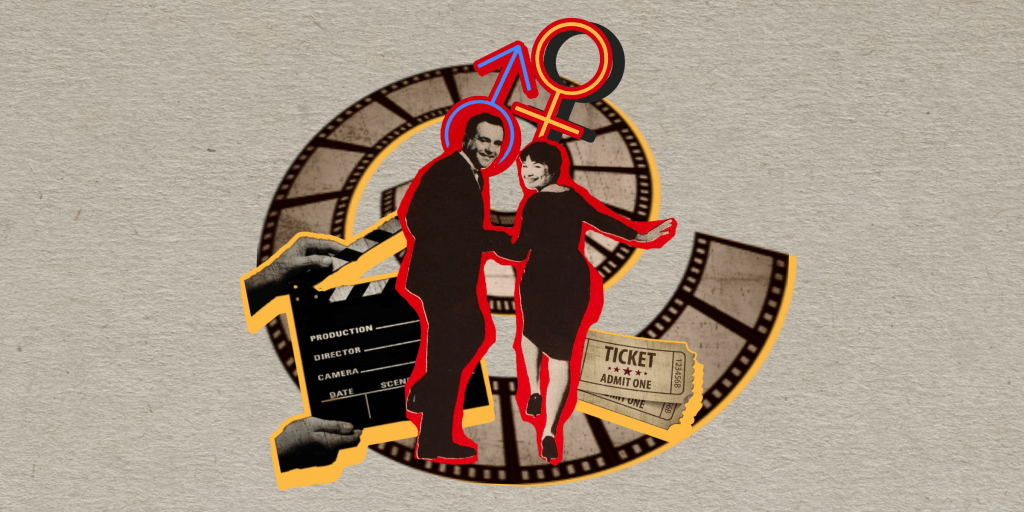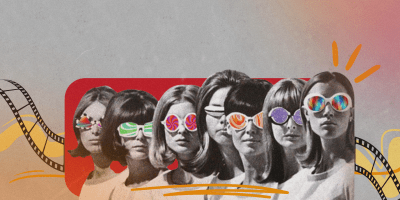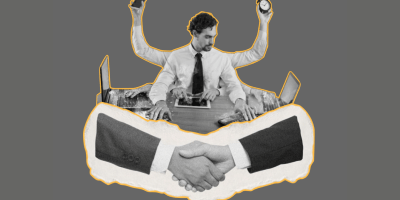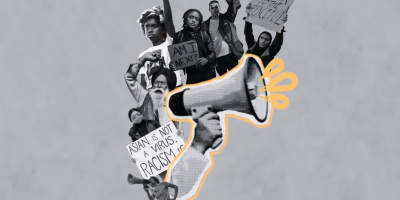
From reflecting people’s values and aspirations to their biases, the screen has long been a mirror for society. When it comes to gender, however, the image remains far from accurate or equitable.
Due to the film industry’s overwhelmingly male nature, women’s stories are often shared by those who may not fully understand their experience. This, in turn, shapes how audiences perceive gender and perpetuates narratives that fail to reflect the complexities of real life.
Female characters are very easy to categorize into the well-worn stereotypes that have always been prevalent in films. The “femme fatale,” the “manic pixie dream girl,” or the “man stealers,” have been around on screen for decades.
From classics like The Woman in The Window (1944), and The Apartment (1960), to Almost Famous (2000), studies show that female characters are often used as one-dimensional accessories to their male counterparts.
Similarly, according to Forbes, women held only 35% of the speaking roles in 2023 films. Around 40% of films fail the Bechdel test, which measures whether two female characters discuss something other than a man. As a result, few female characters have roles that aren’t defined by men or designed to appeal to them. This raises an important question: How do these portrayals seen on screen influence our real-life perception of gender?
Noor Lima Boudakian, an adjunct lecturer teaching gender studies at AUA, offers her perspective, explaining that “it sends a message that women are not as they seem—that there’s something to uncover about them.”
According to her, this is especially dangerous for teenagers, as it sets unrealistic standards and unhealthy expectations from their female peers. A person frequently exposed to the “manic pixie dream girl” trope may come to expect women to exist solely for their entertainment, while repeated portrayals of the “femme fatale” might lead them to view women as inherently manipulative.
These limited representations don’t just affect how women are perceived but also how they perceive themselves. “So many young characters are portrayed by actresses in their thirties,” she says. “You have young girls seeing these so-called ‘teenagers’ on screen, who are grown women, thinking to themselves: Why don’t I look like that?”
This goes beyond just categorization and stereotyping on screen because it’s a cycle in which media consumption reinforces gender standards, shaping media portrayals. And even the language used to describe female-focused media perpetuates this cycle.
The “chick flicks” genre is a great example of gender standards’ portrayal. “Men watch ‘films,’ and women watch ‘flicks.’ It’s very derogatory,” Lima Boudakian says. “It brings down the level of intelligence of the media women are engaging in.”
Dr. Michael Smith, an associate professor at AUA specializing in literary studies and film, says “There’s always a lot of hate.” He mentions how Marvel movies with female leads constantly get review-bombed. “It’s a violent reaction in reaction to women being seen,” he says.
The constant stereotyping and assigning diminished value to women-centric media reflects a broader issue within the treatment of women, especially in an industry like Hollywood.
For decades, it has fed into these divides, not only in the way stories are categorized but also in the voices that are prioritized—which has made it a subject of criticism.
While progress in this area remains slow, there have been small shifts in recent years.
A standout example is Barbie (2023) which not only was a success critically, but also commercially. “There’s this perception in Hollywood that films can’t have a female lead, a female superhero, or a female detective,” Dr. Smith explains. “But these movies are showing that you can—and that there’s actually a market for it.”
Dr. Smith emphasizes the importance of actively supporting women in film to keep this momentum going. “There’s a moral imperative to do the right thing,” he says, suggesting hiring, recruiting, and encouraging women in the industry.
The portrayal of women in film reflects a persistent gender imbalance, shaping societal perceptions and reinforcing stereotypes. Addressing this issue requires conscious effort, from supporting women in the industry to challenging stereotypes through education and advocacy, paving the way for a more equitable cinematic future.













I loved this! Gacia’s really talented and I love how she chose this topic to shine a light on how women are often mistreated in most of their areas of work and even fictionally on tv! 100000/10!